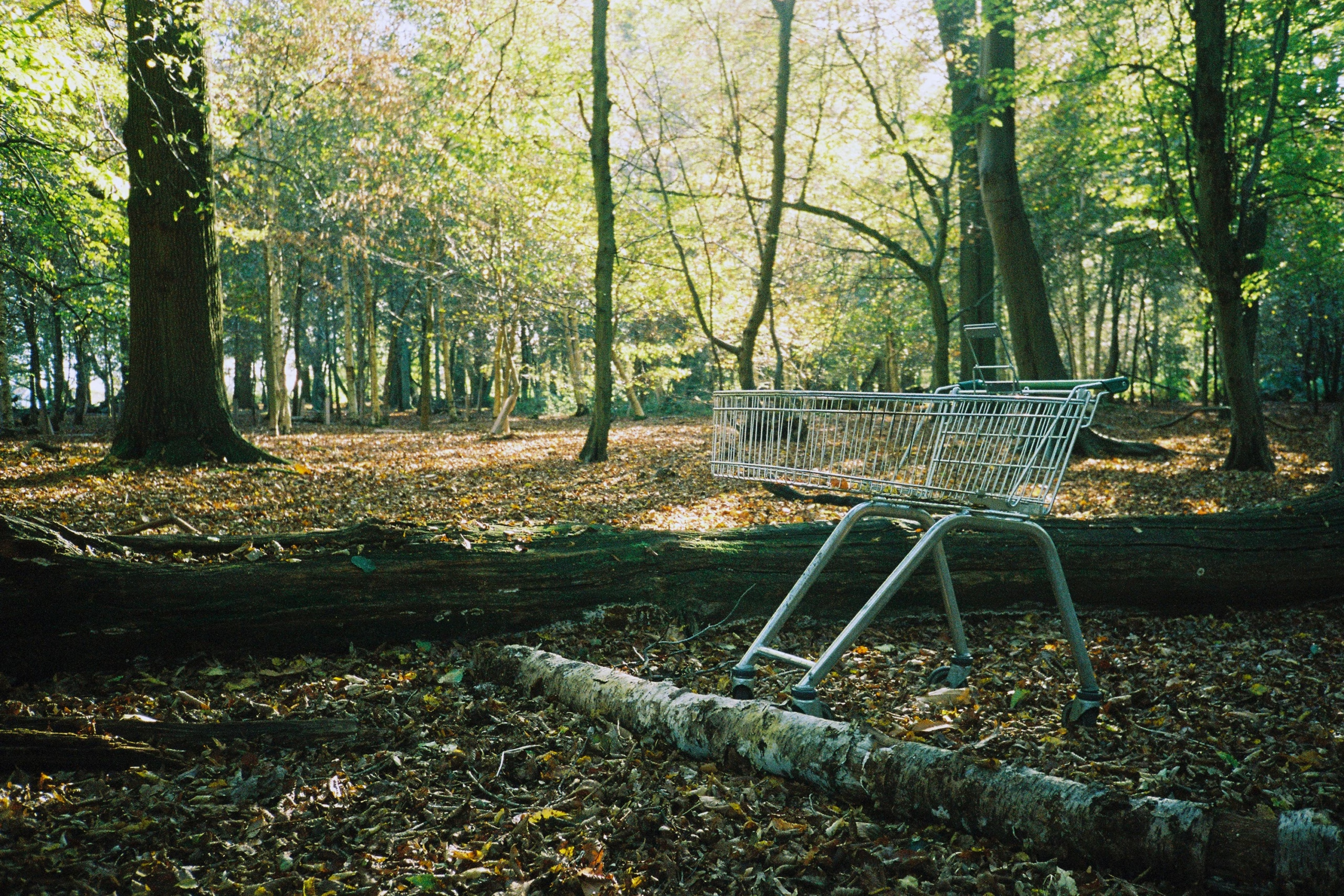Years ago, a trickle of independent marketing data revealed both a growing preference among consumers for products that prioritize sustainable practices, and their emerging willingness to pay a premium for such brands. Now, with the benefit of time and more comprehensive survey results, we are seeing a wave of research showing the extent to which consumer loyalty has shifted toward eco-friendly brands as well as the premium they’ll pay for them; interestingly, the category with the most substantial reward premium is travel.
We’ve also gained some insights into the long-term benefits accruing to the eco-conscious brands beyond basic pricing power. More detailed analyses are measuring those companies’ growth performance relative to their category averages – in particular, against brands that have made little effort in the sustainability arena. Given the incredibly competitive landscape in which most of these brands continually battle for market share, the results must be extremely gratifying to the eco-friendly vanguard.
Recent studies from PriceWaterhouseCoopers, McKinsey, Euromonitor International and PDI Technologies reveal not just how much more pricing power eco-brands are gaining, but how consumer expectations continue to shift toward more reciprocal, eco-conscious behavior: we’ll pay more if you’ll do better. Customers increasingly expect tangible examples of sustainable practices and not just pledges or long-term goals. Companies that have already stepped forward with meaningful changes are solidifying their reputations with a growing and increasingly affluent customer bloc.
According the PwC 2024 Voice of the Consumer Survey, 85% of participants report they are experiencing the effects of climate change in their daily lives! Climate change is no longer a theoretical debate for 85% of the public. People understand it and conclude it’s affecting them – now they are looking for solutions that enable their personal choices to effect positive change.
Impressively, 46% of consumers report they direct their spending to products that are credibly described as being better for the environment. On average, consumers are willing to spend 10% more for products they perceive as eco-friendly – including goods that are locally sourced, made from recycled or eco-friendly materials, or produced in a supply chain with a lower carbon footprint.
Similar findings are reflected in PDI Technologies’ 2024 Sustainability, EV, and Convenience Retail Survey Report. Researchers here found 80% of respondents are concerned about the environmental impact of the products they use. This result is a dramatic leap from the figure of 66% it found in 2022. As more news and social media stories highlight the threats to our ecosystem, consumers are finding the best option for them to influence change is through their spending habits.
So, what’s in it for the brands? McKinsey and NielsonIQ wanted to better understand the real-world business impacts of these evolving consumer sentiments. They did a deep dive into five years of US sales data, from 2017 to June 2022. This data included 600,000 product SKUs generating $400 billion in annual retail revenues. They came from 44,000 brands across 32 food, beverage, personal care and household categories.
The results are pretty staggering. Over that five-year stretch, products leaning into the ESG space accounted for 56 percent of all growth in their categories – roughly 18 percent more than would have been expected given their standing at the beginning of the five-year period! These eco-friendly products averaged 28 percent cumulative growth over the five-year period, versus 20 percent for products that made no such claims.
As for the CAGR for these eco-conscious companies, products with ESG-related claims boasted a 1.7 percentage-point advantage – not percent, this is points of growth. If your category has a 6% CAGR, your eco-friendly competitor is posting gains of 7.7% – the difference between 10-year growth of 79.2% or 110%.
This is some of the first proof we’ve seen that consumers do more than say they prefer sustainable products. Their spending choices reveal themselves in brand performance. Companies making efforts to adapt to consumer demand in this space are earning almost 20% more market share.
This brings us to some staggering findings in Euromonitor International’s recent consumer survey. It dramatically illustrates how much consumer expectations have evolved. Its data show that travelers either expect or are willing to pay a 30% premium for eco- or adventure travel – a substantial sum that likely reflects the very personal commitment of that transaction.
While consumers purchase a variety of products that are used largely in private in their daily routines, they physically inhabit – and therefore endorse – their travel and holiday space. They want to feel confident during their stay that their host doesn’t engage in unsustainable behaviors, and they want to feel proud to post photos and videos of where they are.
Years ago, consumer surveys of Millennials and GenZ began to detect emerging signs of eco-preferences in their shopping habits. If given a choice between two largely equal products, these youth customers would pick the eco-friendly version. In time, these preferences evolved into a desire to reward mindful brands with a price premium.
What we’re seeing now, through the deep research emerging from PwC, McKinsey and others, is the broader consumer market’s arrival at the same place. But their decisions in this higher-stakes era aren’t simply about preferences and rewards, they are demanding more responsible and circular products that are credible and evident.
Our marketplace has shifted – forever. Consumers are willing to pay extra for sustainable travel and products as an expression of their values and priorities. For that same reason, they aren’t going to bestow those same premiums on laggard brands. In fact, it would seem logical that those laggard brands will soon experience a price penalty – only gaining share through costly incentives.
A lengthy grace period to make this transition has clearly ended, with the visionaries and the stragglers moving onto very different growth tracks. Brands that invest in an eco-friendly posture can expect to receive a premium price for their offerings, and can use that price and reputational advantage to leverage stronger growth over the years. Business wins, and the environment wins, and the customer’s choice is respected.




